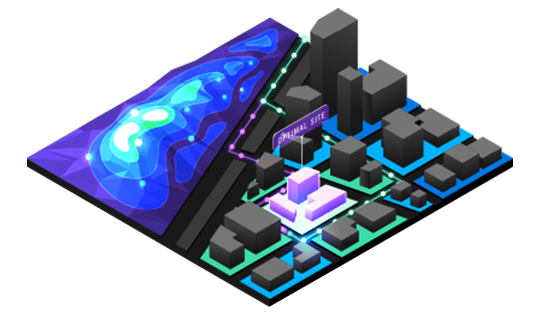Data acquisition
Data acquisition begins with the measurement of physical phenomenon. The implementation of Differential Global Positioning System (DGPS) will improve the accuracy in location. There are two types of GIS data involved which includes: spatial and non-spatial data.
The spatial data used for the research study include the following;
Base Map : The base map consists of roads, buildings and facilities digitised from a High-Resolution photogrammetric Image data
GPS Data : GPS Collection points on the available Non-spatial data (from power distribution department)
The non-spatial data includes the following information acquired from the GIS Survey;
Consumer Details : Meter Account Number, Address of the consumer, the Line Transmission Pole/Pillar to which a consumer is connected
Electrical Network Details : Line diagrams(SLDs) with cable sizes, lengths, distribution substation (DSS) transformers, parameters of the equipment, pillars, poles, low voltage networks, etc
Asset Details : The details about transformers and other related facilities

